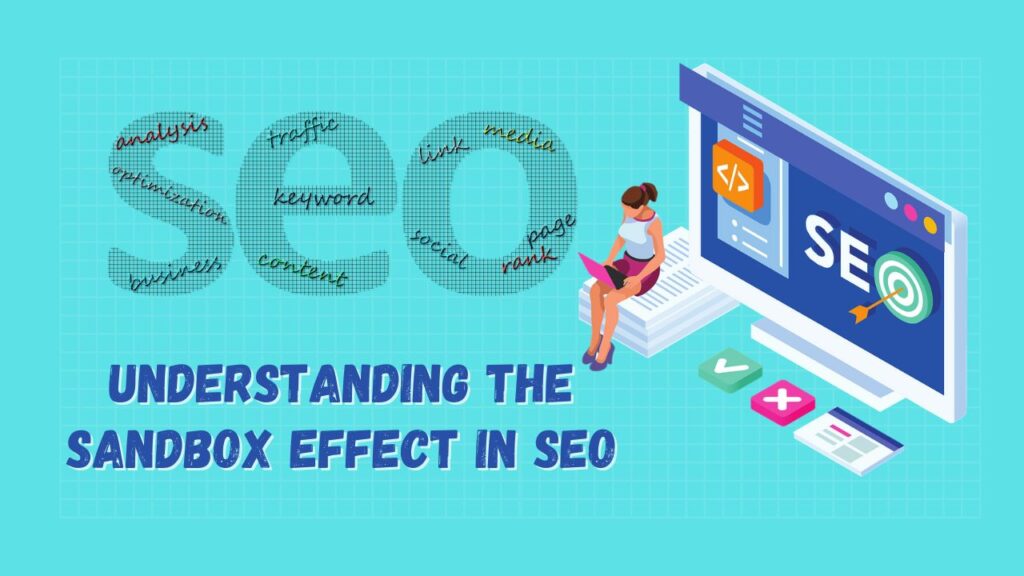
Table of Contents
- 1 Introduction
- 2 What is the Sandbox Effect?
- 3 How Does the Sandbox Effect Work?
- 4 1. Delayed Ranking
- 5 2. Gradual Improvement
- 6 3. Age as a Factor
- 7 Potential Causes of the Sandbox Effect
- 8 Mastering the Art of WordPress SEO: A Comprehensive Guide for Success
- 9 1. Trust Building
- 10 2. Natural Link Building
- 11 3. Content Quality and Relevance
- 12 4. Algorithmic Adjustments
- 13 Navigating the Sandbox: Strategies for Success
- 14 1. Focus on Quality Content
- 15 2. Natural Link Building
- 16 3. Patience is Key
- 17 4. Utilize Social Media
- 18 5. Diversify Keywords
- 19 6. Monitor Analytics and Adjust
- 20 Conclusion
Introduction
In the ever-evolving realm of search engine optimization (SEO), website owners and marketers often encounter the mysterious “sandbox effect.” This phenomenon, though not officially acknowledged by search engines, has been a topic of speculation and discussion within the SEO community for years. In this comprehensive blog post, we’ll delve into the sandbox effect, exploring what it is, how it works, its potential causes, and strategies to navigate through this intriguing aspect of SEO.
What is the Sandbox Effect?
The sandbox effect refers to the observed phenomenon where new websites or webpages experience a delay in achieving high rankings on search engine result pages (SERPs), despite employing effective SEO strategies. Essentially, it seems like these sites are placed in a proverbial sandbox, preventing them from ranking prominently in search results for a certain period after their inception.
How Does the Sandbox Effect Work?
The sandbox effect refers to the observed phenomenon where new websites or webpages experience a delay in achieving high rankings on search engine result pages (SERPs), despite employing effective SEO strategies. Essentially, it seems like these sites are placed in a proverbial sandbox, preventing them from ranking prominently in search results for a certain period after their inception.
1. Delayed Ranking
One of the primary characteristics of the sandbox effect is the delayed ranking of new websites. Instead of quickly ascending the SERPs, these sites often find themselves relegated to lower positions for relevant keywords, even if their content is optimized and their SEO efforts are sound.
2. Gradual Improvement
Over time, as the website matures and accumulates trust signals, it gradually starts to climb the rankings. This can take several months, and during this period, webmasters may find it challenging to compete with more established sites in their niche.
3. Age as a Factor
The sandbox effect is often associated with the age of a website. It is commonly observed that newer domains, regardless of the quality of their content, may not achieve immediate visibility in search results.
Potential Causes of the Sandbox Effect
While search engines like Google haven’t officially acknowledged the existence of the sandbox effect, several factors may contribute to this observed phenomenon:
1. Trust Building
Search engines aim to provide users with reliable and trustworthy information. New websites lack the historical data and trust signals that established sites possess. The sandbox effect may be a way for search engines to assess a site’s credibility and reliability over time.
2. Natural Link Building
Websites in the sandbox may not benefit immediately from aggressive link-building strategies. Search engines seem to favor a more natural, organic growth in backlinks, and attempting to manipulate rankings through rapid link acquisition could trigger the sandbox effect.
3. Content Quality and Relevance
The quality and relevance of content remain pivotal in SEO. New websites may need time to establish themselves as valuable resources within their niche, and search engines may take a cautious approach before rewarding them with higher rankings.
4. Algorithmic Adjustments
Search engine algorithms are continually evolving. The sandbox effect might be a consequence of algorithms designed to assess and filter out websites attempting to game the system through black-hat SEO techniques.
Navigating the Sandbox: Strategies for Success

1. Focus on Quality Content
Content remains king in SEO. While waiting for the sandbox effect to lift, concentrate on creating high-quality, relevant content that provides genuine value to your audience. This not only helps with user engagement but also establishes your site as a credible resource.
2. Natural Link Building
Instead of pursuing aggressive link-building strategies, focus on natural link acquisition. Engage in outreach, connect with influencers in your industry, and foster genuine relationships that can lead to organic backlinks over time.
3. Patience is Key
Recognize that the sandbox effect is a temporary phase. Be patient and continue refining your website, optimizing content, and adhering to ethical SEO practices. As your site ages and gains trust, you’ll likely see a gradual improvement in rankings.
4. Utilize Social Media
Leverage social media platforms to increase your website’s visibility. Engaging with your audience on platforms like Facebook, Twitter, and LinkedIn not only drives traffic but also contributes to building a positive online reputation.
5. Diversify Keywords
Instead of solely targeting highly competitive keywords, consider diversifying your keyword strategy. Focus on long-tail keywords and niche-specific terms to capture targeted traffic while your site matures.
6. Monitor Analytics and Adjust
Regularly monitor your website analytics to track its performance. Identify areas for improvement, assess user behavior, and make data-driven adjustments to your SEO strategy. This proactive approach can help you adapt to changes and challenges.
Conclusion

The sandbox effect, while not officially acknowledged by search engines, remains a significant consideration for website owners and SEO practitioners. Understanding that new websites may face a period of delayed visibility is crucial for developing a realistic and patient approach to SEO.
By focusing on quality content, natural link building, and ethical SEO practices, website owners can navigate through the sandbox effect and position their sites for long-term success. Remember, the sandbox is not a permanent setback but rather a phase in the journey towards establishing your website as a trusted and authoritative source in the digital landscape.



Pingback: Power of Rich Snippets 101